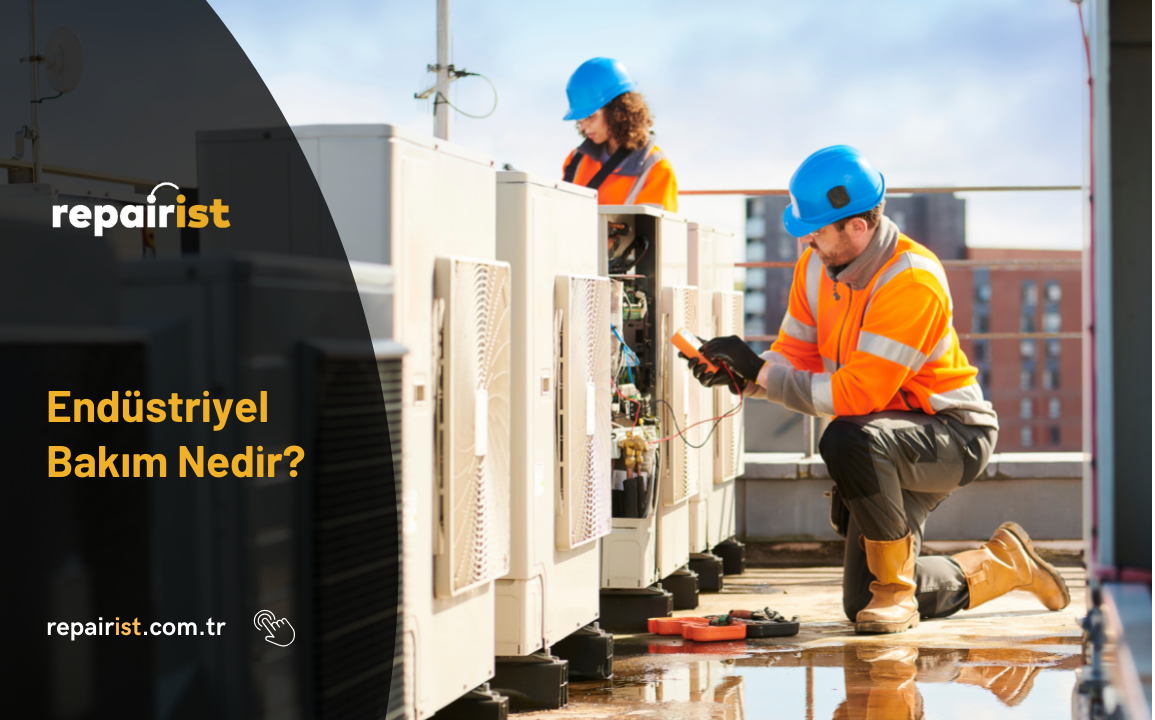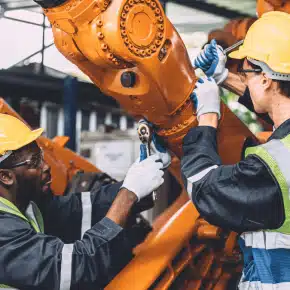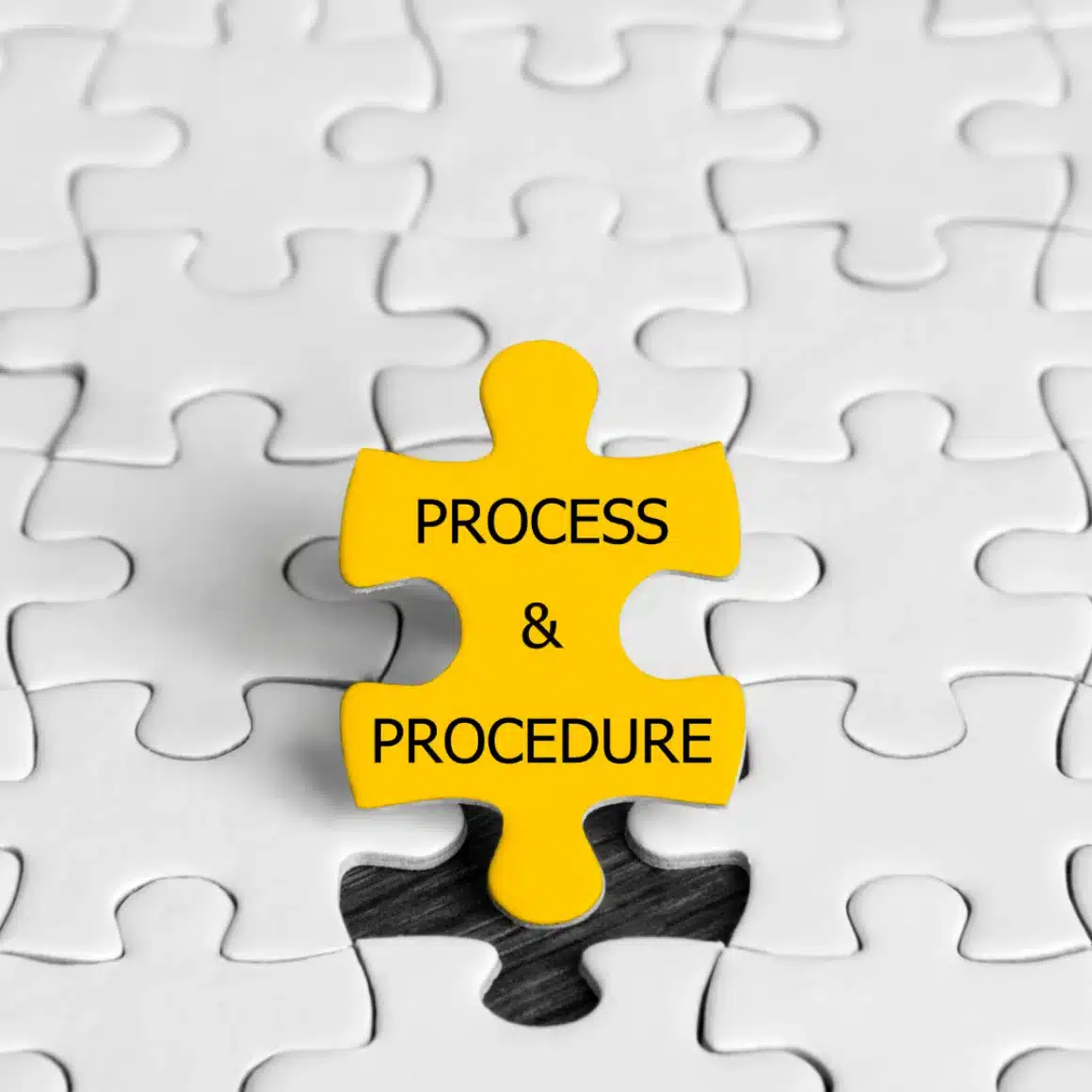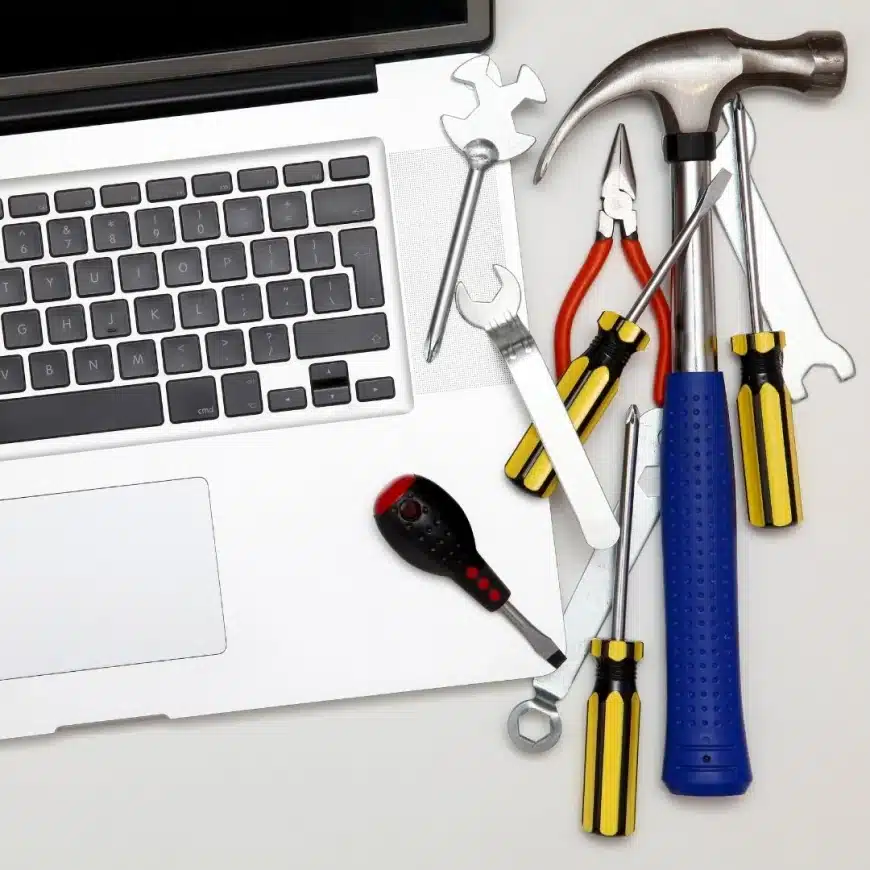Industrial maintenance is the servicing, replacement and repair of all assets, from small to large, in an industrial environment. The ultimate goal of industrial maintenance is to maximise asset life and productivity. Problematic machinery consumes excessive energy, wastes materials and causes costly downtime.
Industrial maintenance teams keep assets up and running, maximising safety, efficiency and uptime. For this reason, it is of great importance in increasing company profitability.
What Are Some Common Industrial Maintenance Tasks?
As industrial maintenance refers to a wide range of assets, the types of tasks performed also vary greatly. In various industries, some of the most common are the following:
- Carrying out preventive maintenance on a regular basis
- Carrying out unplanned maintenance tasks in the event of a breakdown
- Maintenance troubleshooting and repair
- Completing work orders
- Installation of new equipment or systems
- Machine disassembly when necessary
- Use maintenance KPIs to meet safety metrics and uptime targets
- Addressing all aspects of compliance and audits
A computerised maintenance management system, or CMMS, can help with many of these tasks.

Which Industries use Industrial Maintenance?
All organisations using machine systems use some form of industrial maintenance, regardless of whether they have their own department. We can give several sectors as examples:
- Manufacturing
- Oil and gas/energy
- Automotive
- Food and Beverage
Which jobs are available in industrial maintenance?
There are a large number of industrial maintenance jobs suitable for a wide range of skill sets and educational backgrounds. Demand for these roles is steadily increasing according to various surveys. Apprenticeship programmes are available that give people the opportunity to gain hands-on experience and training. These apprenticeship periods range from one to six years.
Most jobs in this field require a high school diploma or, in some cases, additional certificates. At the same time, as technology evolves, the field is changing and creating new opportunities.
Mechanic and technician positions in industrial maintenance are similar. However, in most cases technicians are more specialised. both positions focus on the installation, repair and maintenance of industrial machinery. In addition, these roles are often tasked with testing and measuring equipment to assess performance.
Industrial electricians install, repair and maintain electrical systems in industrial settings.
Industrial maintenance managers oversee people as well as assets. They control their teams to perform tasks on time and correctly. They follow guidelines and regulations and ensure that the organisation meets its long-term goals.
Industrial maintenance managers ensure that their teams have the right people, parts and tools to perform their work. To do this, they oversee planning and scheduling. Prioritising all the work that needs to be done is critical to a successful industrial maintenance programme. It is also his/her job to be in constant communication with maintenance team members and management. They are tasked with synthesising large amounts of data, maintaining budgets and more.
What is Preventive Maintenance?
Preventive maintenance (PM) is maintenance that is performed at regular intervals to reduce the likelihood of failure. It is simple, predictable and helps extend asset life and prevent unplanned downtime.
Using this strategy, maintenance is performed at points determined by an asset’s average life cycle. At the same time, these points can also be decided according to the ranges determined by the manufacturer of the asset. It does not take into account the situation of the individual being. Although this may lead to some maintenance tasks being completed before they are actually necessary, it is still a valuable maintenance strategy because it allows teams to accurately plan their budgets, inventory, and schedules.
What is Reactive Maintenance?
Reactive maintenance refers to maintenance performed after an asset has failed. It is used when teams do not have the time or tools to prioritize effectively. In such environments, reactive maintenance becomes the default strategy.
While the strategy itself doesn’t cost anything to implement, expensive replacements lead to unnecessary expenses. Unforeseen malfunctions cause unplanned downtime and production stoppages. Many maintenance leaders aim to move their teams from reactive maintenance to a more proactive maintenance strategy. Today, this move is often towards predictive maintenance or prescriptive maintenance.
Industrial maintenance software like repairist helps teams ensure assets are kept in top working order.

Why use Industrial Maintenance Software?
repairist keeps track of all work done on each asset. When teams track, trend, and analyze asset health data, they make better decisions, prioritize their planning and spending, and help reduce costs.
Increased visibility into industrial maintenance activities enables teams to identify trends. It allows them to adapt to changing priorities and improve their communications and processes. Centralizing all documents, from contracts to manuals, simplifies the compliance process. It allows the maintenance team to securely access the information they need anytime and anywhere.
To get the most out of your industrial maintenance program, you need to define your goals well. A computerized maintenance management system (CMMS) software tracks metrics, generates reports, and provides insights you can use to achieve your goals.














